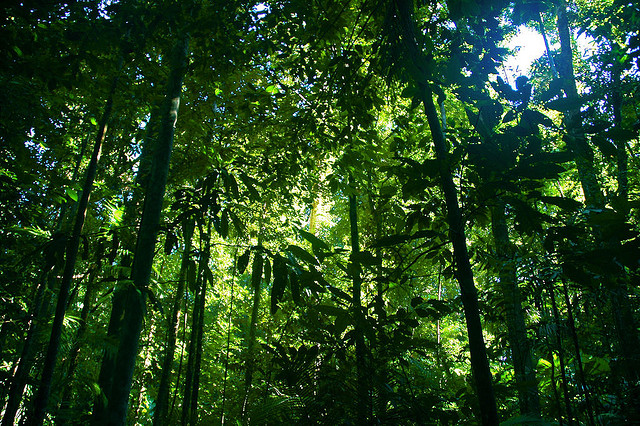Updated 09/05/2020
Study shows the Sahara swung between lush and desert conditions every 20,000 years, in sync with monsoon activity
The Sahara desert is one of the harshest, most inhospitable places on the planet, covering much of North Africa in some 3.6 million square miles of rock and windswept dunes. But it wasn't always so desolate and parched. Primitive rock paintings and fossils excavated from the region suggest that the Sahara was once a relatively verdant oasis, where human settlements and a diversity of plants and animals thrived. Notes phys.org
Thousands of years ago, it didn’t just rain on the Sahara Desert. It poured.
 |
| Camp in the Sahara Desert at Merzouga, Morocco in North Africa 123RF.com |
Grasslands, trees, lakes and rivers once covered North Africa’s now arid, unforgiving landscape. From about 11,000 to 5,000 years ago, much higher rainfall rates than previously estimated created that “Green Sahara,” say geologist Jessica Tierney of the University of Arizona in Tucson and her colleagues. Extensive ground cover, combined with reductions of airborne dust, intensified water evaporation into the atmosphere, leading to monsoonlike conditions, the scientists report January 18 in Science Advances.
 |
| Study shows the Sahara swung between lush and desert conditions Phys.org |
Tierney’s team reconstructed western Saharan rainfall patterns over the last 25,000 years. Estimates relied on measurements of forms of carbon and hydrogen in leaf wax recovered from ocean sediment cores collected off the Sahara’s west coast. Concentrations of these substances reflected ancient rainfall rates.
 |
| Credit: Boing Boing |
Rainfall ranged from 250 to 1,670 millimeters annually during Green Sahara times, the researchers say. Previous estimates — based on studies of ancient pollen that did not account for dust declines — reached no higher than about 900 millimeters. Saharan rainfall rates currently range from 35 to 100 millimeters annually.
Leaf-wax evidence indicates that the Green Sahara dried out from about 8,000 to at least 7,000 years ago before rebounding. That’s consistent with other ancient climate simulations and with excavations suggesting that humans temporarily left the area around 8,000 years ago. Hunter-gatherers departed for friendlier locales, leaving cattle herders to spread across North Africa once the Green Sahara returned (SN Online: 6/20/12), the investigators propose.
Other articles on the same theme:
Story source:
The above post is reprinted from materials provided by Sciencenews . Note: Materials may be edited for content and length.
